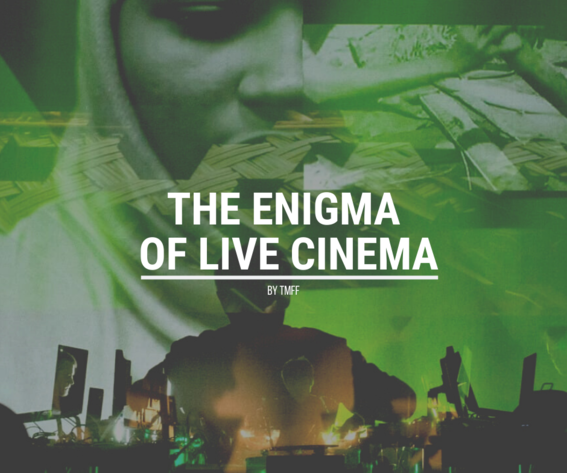For all the advances in film quality, special effects, and acting talent over cinema’s storied history, the medium itself has remained much the same – movie-goers pay to sit and watch a pre-recorded spectacle on a screen. And nobody is complaining about that. However, it’d be unfair to say that intrepid directors haven’t at least tried to revolutionize how we watch movies in some way or another.
Personal Storytelling
The first 3D film, for instance, was 1922’s The Power of Love. James Cameron created a fresh interest in 3D movies in 2005 with his undersea documentary Aliens of the Deep – and then once again in 2009 with the release of CGI wonder Avatar. For what feels like the third or the fourth time in history though, 3D cinema is dead once again as of 2018, to quote Collider. Of course, there are success stories in the realm of cinema technology. IMAX nailed the immersive movie experience in a way that 3D cinema never did, for instance.
The most recent effort to shake up movie watching is something called ‘live’ cinema, a unique combination of improvisation, theatre, and personal storytelling. Debuting at King’s College in London back in May 2016, live cinema has become a regular fixture on the festival circuit – with events like the Live Cinema Summit at Sheffield Doc/Fest in 2018 helping to establish the concept as a new, if avant-garde, way of consuming interactive media.
The push towards live entertainment has been a global phenomenon in recent years. Ignoring live TV shows, which have been common for decades, Facebook Live and Twitch are arguably the jewels in the amateur crown, but live sports betting has gained a foothold in the public consciousness in recent years too. Mobilebet live odds, for example, change depending on how a fixture unfolds, meaning that fans often get a better price mid-match than they did before kickoff.
SuperEverything
But what exactly is live cinema? Its fluid and, as mentioned, improvisatory nature make categorizing it a little difficult, but proponents of the medium aim to provide a unique, once-only experience by involving the audience in a picture. Viewers may be able to create their own narrative or act in a movie as it is being filmed. A close approximation of live cinema is VJing, a type of production that uses video and sound clips, as well as procedurally-generated code, to create a piece of art.
A good example is SuperEverything, a British Art Council-sponsored project involving The Light Surgeons. This project is currently exploring Malaysian history and modernity via live cinema. Sheffield’s Doc/Fest also put on a show called DOUBLETHINK, which asked the audience to choose between two ideas at the opposite end of a spectrum – Hope and Hate – to tailor their cinema experience. It’s as much a choose-your-own-adventure style narrative as it is a living performance.
Live cinema is still something of a fledgling part of modern cinema but, whether it remains a niche aspect or blossoms into something more mainstream, the medium certainly has promise.









Leave a reply